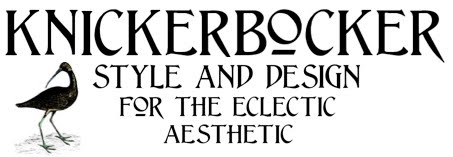Beginning tomorrow
Sotheby's will host an historic two-day sale of the contents of
Albemarle House, the sprawling Virginia estate of billionaire philanthropist and
vintner Patricia Kluge.

This house sale will be the first in over twenty years to take place on site, with the 23,538 sq ft mansion itself offered at $48 million. Located in Charlottesville near Jefferson’s Monticello, the estate encompasses not only the 45 room red brick mansion, but also 300 surrounding acres of pristine Virginia countryside and formal gardens.

Completed in 1985 by architect
David Easton, Albemarle House was by far one of the grandest country estates built in America since the Gilded Age, representing the height of 80’s luxury and excess. Described as “a livable palace” the home was built for America’s one-time wealthiest individual, media tycoon
John Kluge, and filled with only the finest in antique furniture and decorative arts.

Mrs. Kluge received the estate along with the largest divorce settlement in history when the couple split in 1990; a story overshadowed by the heavily publicized divorce of Donald and Ivanka Trump simultaneously taking place. Mrs. Kluge was no stranger to scandal however, having stepped down from hosting Prince Charles and Princess Diana in 1985 after tabloids uncovered nude photos and an adult film she’d made in the 70’s.

Looking to downsize after twenty-five years in residence Mrs. Kluge is now opening the doors of Albemarle House to the general public, with everything from the
patio furniture to her
couture gowns available to the highest bidder. Among the lavish interiors to be dissected are the rich wood paneled library and sumptuous yellow drawing room with its columned Palladian arch framing one of the homes pair of gracefully sweeping staircases.

Always enamored by the nautical I’m especially drawn to the huge antique silver gilt
nef of a
three-masted ship complete with sails, rigging, and over forty miniature sailor figures estimated at $40,000.00 to $60,000.00.
Images by Sothey's
Click
HERE for a closer look at the interiors of Albemarle House.


















